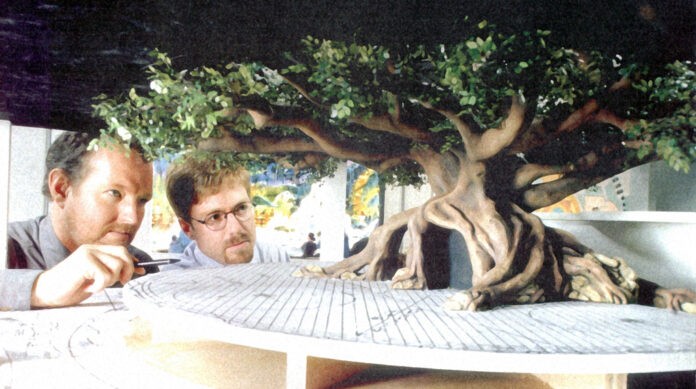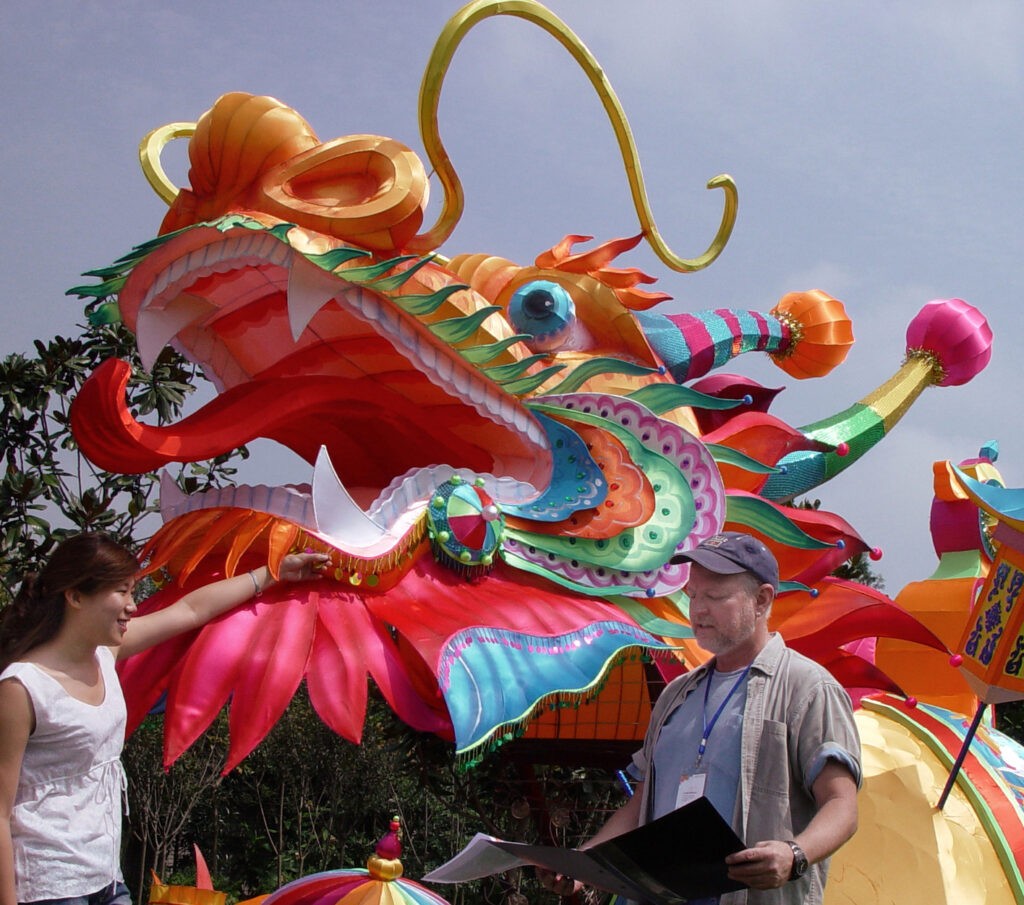Darrias Baker talks to InPark Magazine about designing for theme parks in Asia
interview by Martin Palicki
This article originally appeared in InPark Magazine issue #41, 2012
“The first IP here in China that becomes popular internationally will be a game-changer.”
Darrias Baker is an independent designer of visitor attractions, based in Los Angeles with a large clientele and body of work in Asia. He is currently Consulting Art Director and Show Designer at Fushun Dream World Theme Park. He took time out from his busy schedule overseas to share some thoughts about the industry with IPM editor Martin Palicki.
You spend a lot of time overseas. How important is it to set up residence on location?
Keeping a presence in the country where the project is located keeps my clients happy and confident. Also they are thrilled to be a part of the design process. During the production phase, it’s essential to be onsite for all creative directors and project managers.
In regard to themed entertainment work in Asia, what are some similarities and differences from one country to another?
Relationships and respect are key in all of Asia; however, each country in Asia has different attitudes toward themed entertainment. My projects In Korea tend to be more intimate, more high tech, with expensive media and special effects. In China we tend to design larger attractions where more guests can be entertained as a large group, i.e., a large 4D theater or live shows.
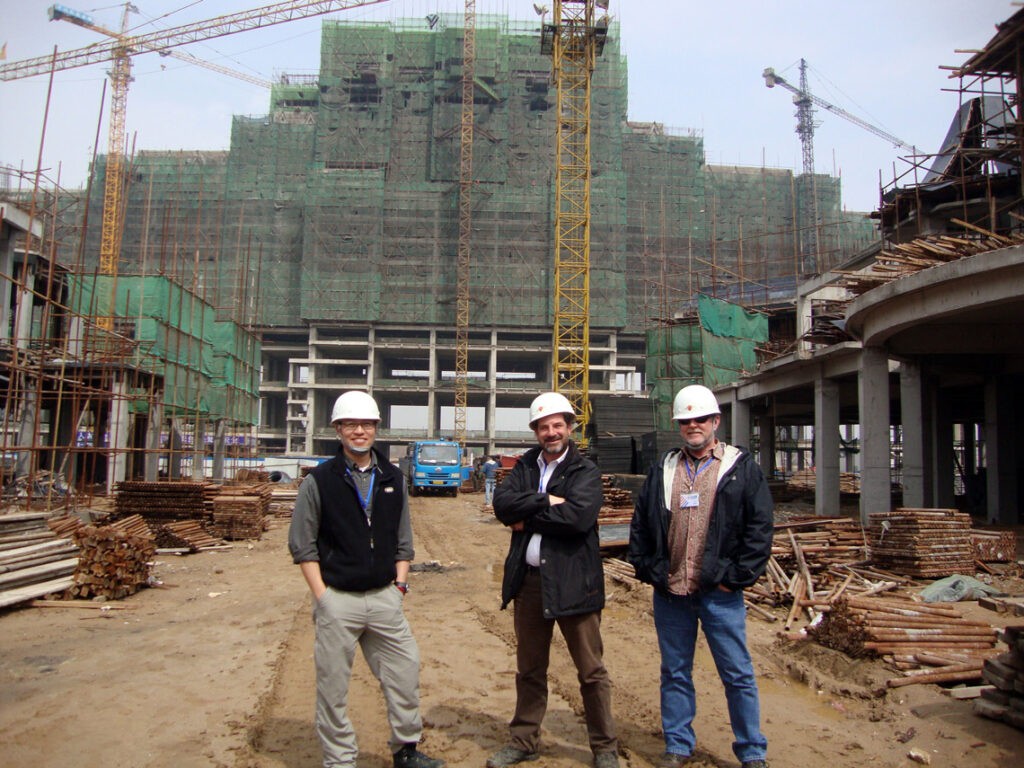
Let’s focus on China for a bit. Is there a project you’ve worked on that could be regarded as quintessentially Chinese? What aspects made it so?
Yes, that would be what some people call the “OCT model” – a theme park as part of a mixed-use development in which the park is surrounded by residential, retail, and business components. Both the Floraland project I worked on in Chengdu and my current project in Fushun follow this model. Such a design must include attractions to facilitate repeat visits by local residents as well as the less frequent visits from out-of-town guests. In my current project, the first phase of production was an outdoor water park, which has great appeal to the resident population with the large theme park zones to be completed in the next phases.
Did the 2010 World Expo in Shanghai change the themed entertainment landscape and/ or outlook in China?
Yes – like the Beijing 2008 Olympic Games and the upcoming Shanghai Disney Resort, the 2010 Shanghai Expo raised the bar on entertainment design in China. Many Chinese theme parks are inspired now to compete on a global scale. Typically when we begin projects here I spend a lot of time with the clients visiting the leading international entertainment attractions.
What are key, characteristic needs expressed by Chinese developers?
The developers look for the biggest thrill for the largest audience at the smallest cost with the shortest production schedule. So it’s very important to know the client’s budget and schedule so you can campaign for the most effective entertainment concept.
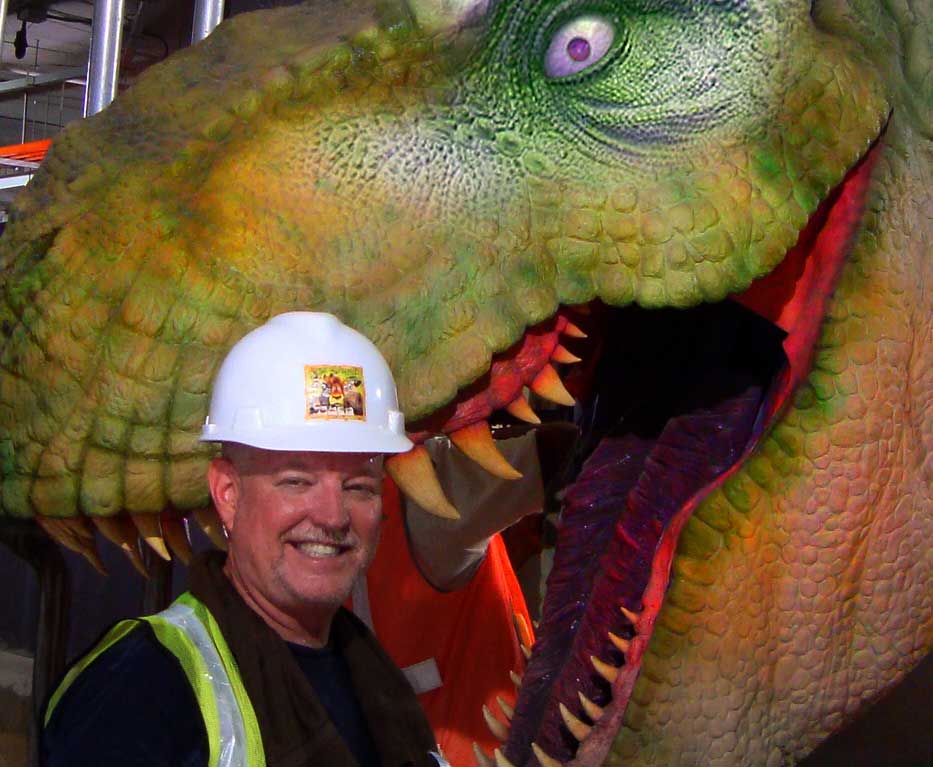
You specialize in projects utilizing original intellectual property (IP). Are there still significant challenges to protecting IP in China?
It’s getting better – but my clients tend to think locally, and so they aren’t in a position to have to worry about protecting a global IP. The first IP here in China that becomes popular internationally will change all that.
Theme parks aren’t a new thing in China. But the attention on them seems to be new. Why do you think this is?
Like a lot of people in our industry, I thought there would be more world-class theme parks opening before the Beijing 2008 Olympics, but it didn’t happen. Now it’s different. Currently there are more than 100 major theme park projects being developed in China! It may have started with a move by the Chinese Government to encourage local governments to borrow for infrastructure projects under a 2008 stimulus plan. A recent ban on new theme parks projects in China has not stopped any of the ongoing projects I know of.
What projects currently out there right now are you keeping your eye on?
Obviously, the coming Shanghai Disney Resort. The huge project I’m working on here in Fushun will have two more zones opened by next year. I’m looking forward to hearing more about the Monkey Kingdom project outside Beijing, designed by Thinkwell Group. Gary Goddard Entertainment has several major projects here in China. Outside China, my friends at Lotte World in Korea keep expanding with new projects. Outside Asia, the Paramount project in Spain is really exciting. Then there are projects that may not currently exist, but I hope soon will. I would really like to hear about a new Universal Studios park somewhere. I really love working for them. I’m hoping we hear more about a new Universal Studios Theme Park and Resort in Korea, India or Russia soon.
What are some of the risks involved in doing business internationally?
Not getting paid and broken contracts are the obvious risks. Job safety on a project site is a huge risk too. And then there’s the day when your client comes in all excited about a new type of an attraction that they’ve seen and you’ve just finished the final design details on an attraction you thought you were going to build. This can be a real risk with a client new to world-class themed entertainment.
Several big Asian projects seem to be tied to gaming resorts. But in the US, the link between gaming and themed entertainment seems inconsistent. What is your observation?
In Asia, the link is very strong. The quick return on investments in opening a gaming resort is a huge plus. Asian families typically traveling in family units will want to go someplace that enables them to visit a gaming resort and also a theme park. Unlike the US there is no stigma attached to having gaming and themed entertainment in the same location.
Is there something fundamentally different happening in Asia vs the West when it comes to themed entertainment projects? Or are they just in a different stage in the maturity cycle?
It’s a bit of both. Culture considerations aside, Asia is in different stages in the maturity cycle. Themed entertainment is still new and dynamic here, especially in China. But they are also going in different directions than the US, i.e. the gaming resorts and mixed-use developments we have talked about here.
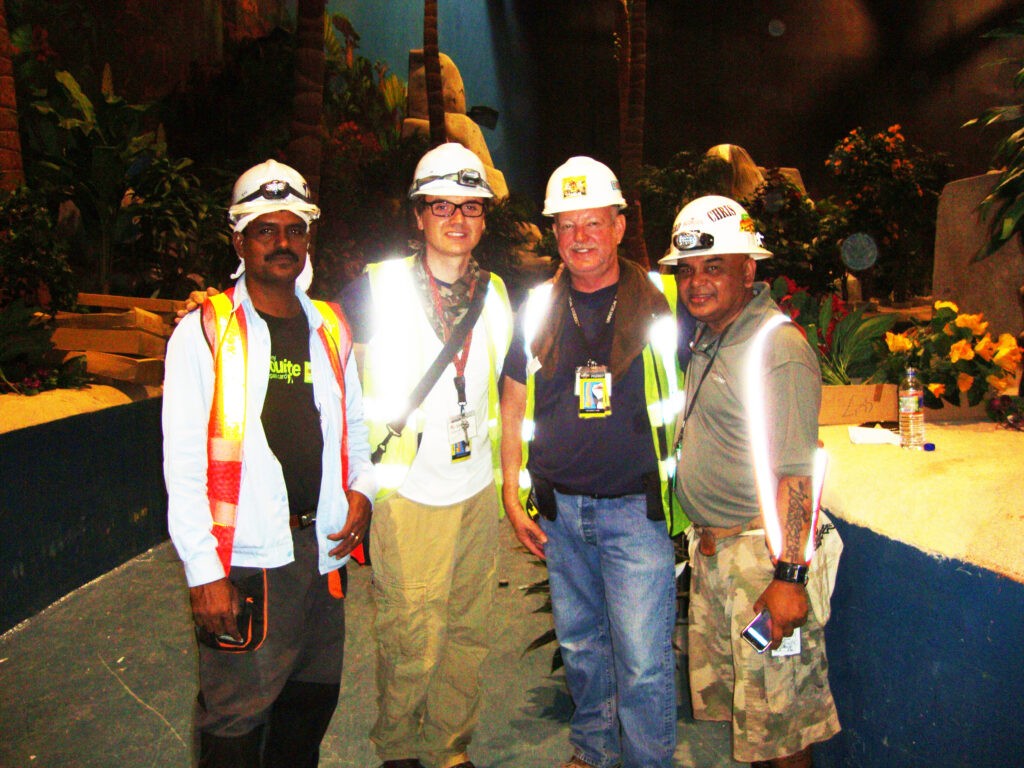
What project are you most proud of?
For a small project I’m most proud of, I would name the work we did on Science Discovery Center in Manila, Philippines. With a small budget we still were able to meld science and entertainment in a highly immersive, educational environment. For large world-class projects I am very proud to have contributed to the Universal Studios Singapore project.
Tell me about the hazards of working internationally.
I’m an adventurer, which drew me to the international theme park world; however, the downside is that it can be dangerous. People die building theme parks and I’ve seen a few people get seriously hurt or killed. However construction site safety standards everywhere are getting better.
Tell me about the industry group you head up called T.E.A.T.S. and what it has done for you and your international colleagues.
Years ago my fellow gypsy theme park professionals and I created a “tongue in cheek” professionals’ group we called T.E.A.T.S., which stands for Theme Entertainment Artists, Technicians, and Supervisors. When most of us are in town at the same time (which can be difficult), we will meet every six months or so at a local Mexican restaurant to socialize and trade gossip about projects and job opportunities. Now we have a T.E.A.T.S. LinkedIn Group with 224 members and a Facebook group with 281 members.
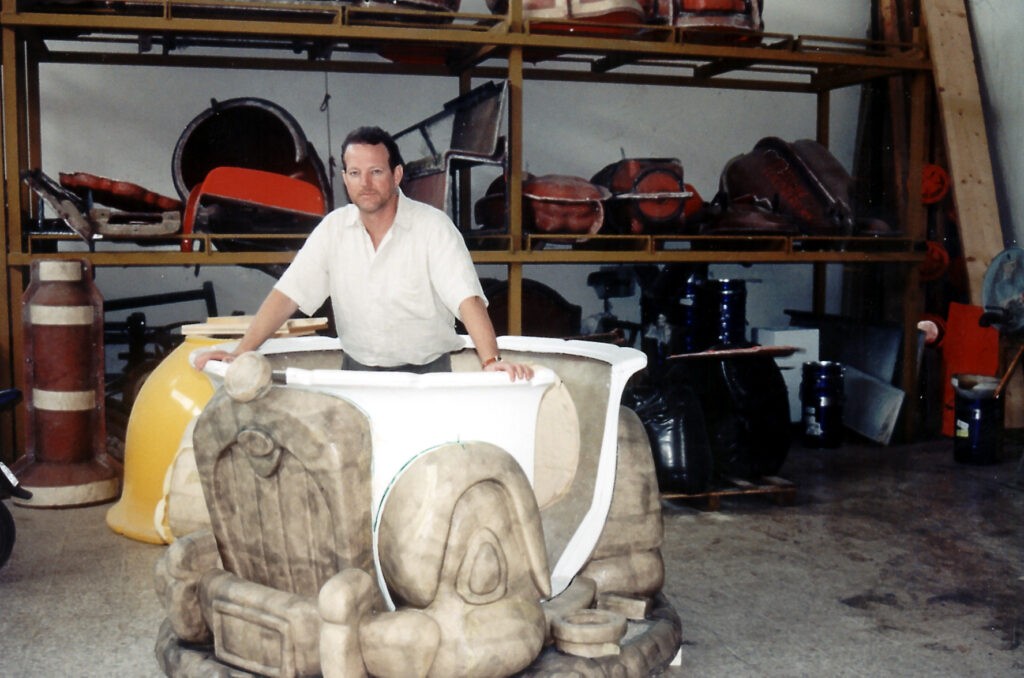
If you could explain one thing to Asian developers that would help make their projects better, what would it be?
Let your principal designers and project leads know the real budget and the real schedule so they can design to that budget and schedule. Only then can we work on getting you a bigger bang for that Dollar, Yuan, Yen, Won, Baht, Peso, Rupee, or Rupiah. • • •
For more information on Darrias and his team of international consultants please visit his web site at www.darrias.com or email him at [email protected].


